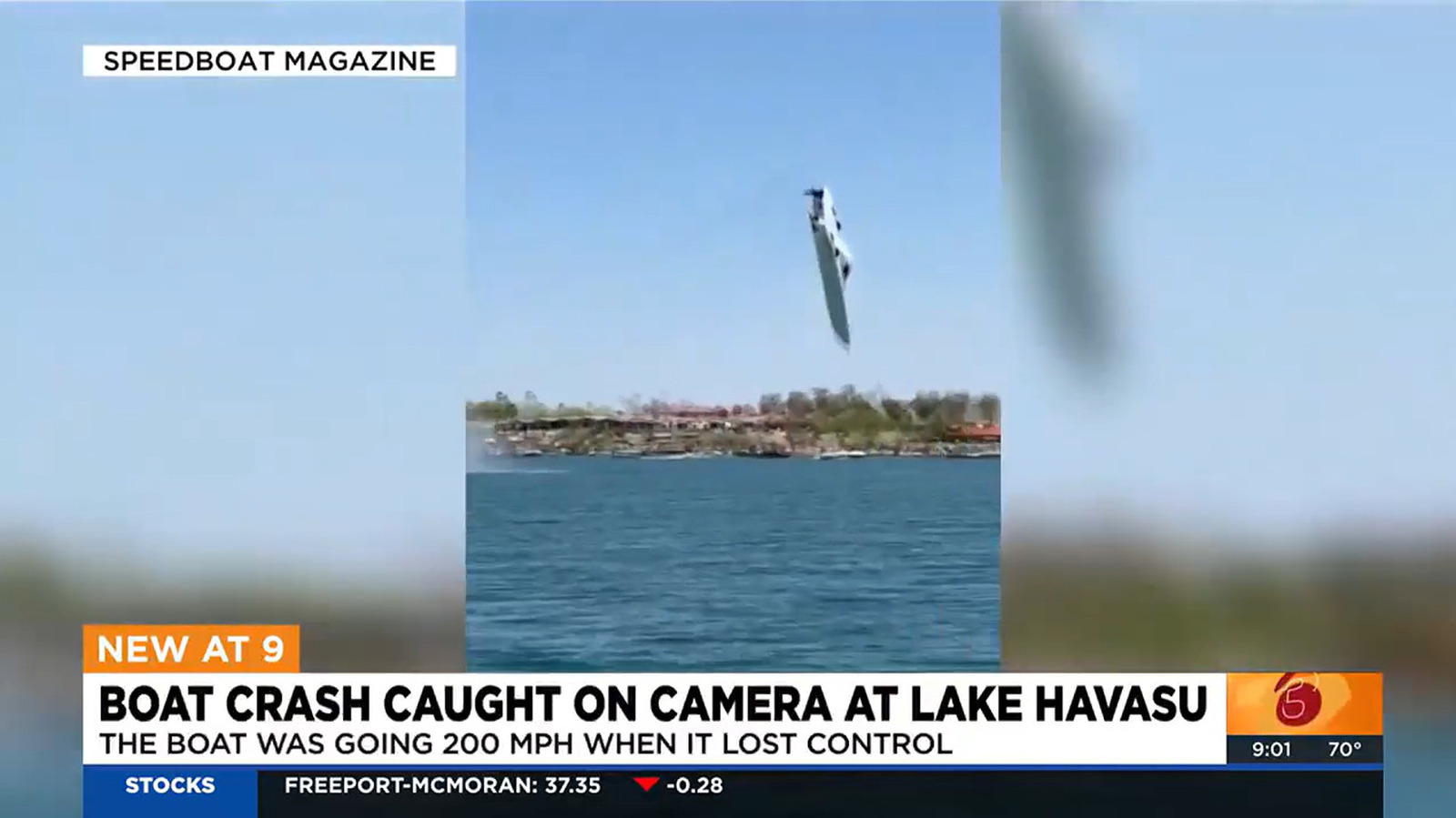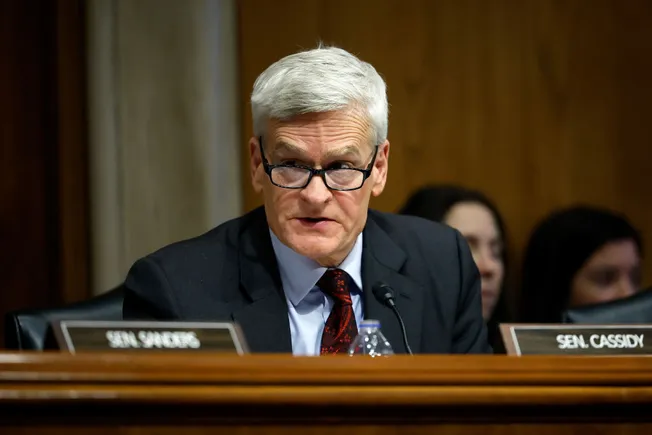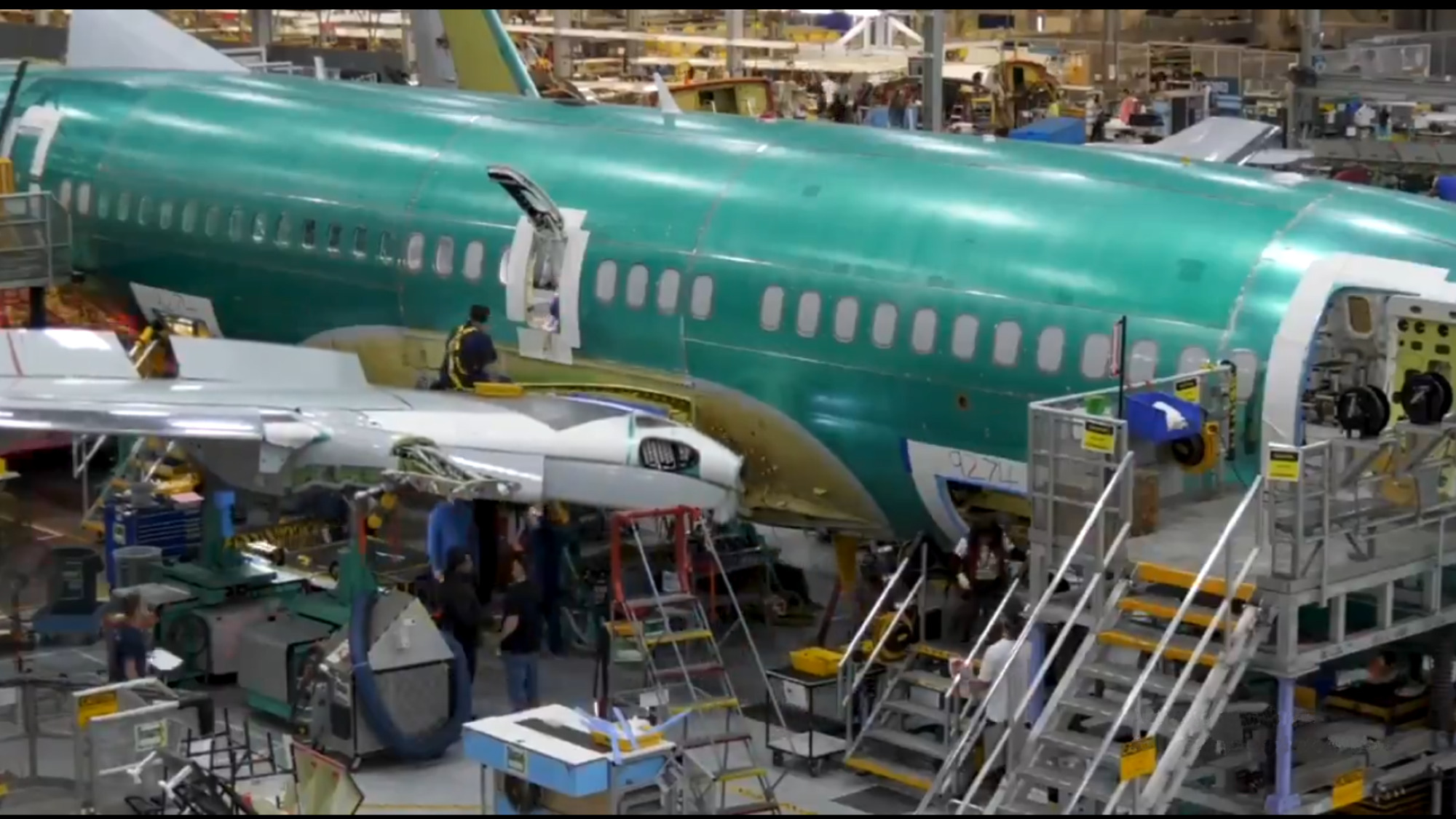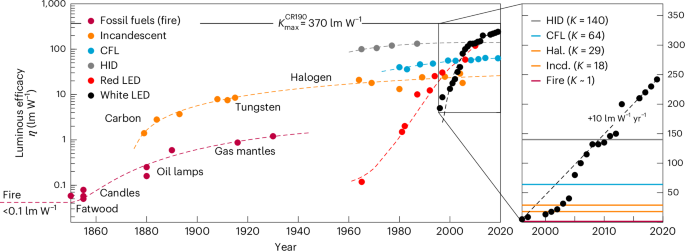Trump’s Executive Order For Trucking Revives a Rule Nearly 90 Years Old
Two new executive orders refocus attention on English language requirements for truck drivers, reviving enforcement protocols that have existed since 1937. Industry voices say training, licensing and real-world risk management are essential priorities beyond language rules. The post Trump’s Executive Order For Trucking Revives a Rule Nearly 90 Years Old appeared first on FreightWaves.

In 2025, the national conversation around English proficiency and trucking safety resurfaced with new intensity. Two executive orders, signed by President Donald Trump, renewed emphasis on English language requirements, both at a cultural level and at the level of commercial motor vehicle operations.
On March 1, an executive order formally designated English as the official language of the United States. It revoked Executive Order 13166, which had promoted multilingual government services since the Clinton administration.
On April 28, a second executive order targeted the commercial trucking sector. It directed the Department of Transportation to reinstate stronger enforcement of existing federal regulations requiring truck drivers to read, speak and communicate effectively in English. The order authorized federal and state roadside inspectors to once again place drivers out of service if they are unable to meet the English proficiency standards.
Although the executive actions have generated considerable attention, the core requirement for English proficiency among truck drivers has been law for nearly 90 years.
A Regulation with Deep Roots
The requirement for English proficiency in commercial motor vehicle operations dates back to July 1937, when the Federal Motor Carrier Safety Regulations (FMCSRs) were established.
Under 49 CFR §391.11(b)(2), drivers must be able to “read and speak the English language sufficiently to converse with the general public, understand highway traffic signs and signals, respond to official inquiries, and make entries on reports and records.”
For decades, roadside inspectors have cited drivers for violating this rule, with the authority to place noncompliant drivers out of service. By 2014, English proficiency violations were a routine part of commercial enforcement activities across the United States.
That year alone, inspectors issued more than 101,000 English proficiency violations. Over 4,000 drivers were placed out of service for failing to meet the standard.
2014 Memo: Regulation Remains, Enforcement Softens
In 2014, during the Obama administration, the Commercial Vehicle Safety Alliance (CVSA) partnered with the Federal Motor Carrier Safety Administration to reclassify the enforcement of the English proficiency rule.
While the regulation itself remained intact, inspectors were instructed not to place drivers out of service solely for English language deficiencies. Drivers could still be cited, but they were allowed to continue operating their vehicles.
After the memo took effect, English proficiency violations dropped sharply, with enforcement data showing only 7,800 to 10,000 citations issued annually between 2017 and 2024. No drivers were automatically placed out of service during that period for English violations.
This shift effectively weakened the practical enforcement of a rule that remained formally required under federal law.
2025 Executive Orders: Reviving Enforcement and National Policy
The first of the two 2025 executive orders emphasized English as a cultural and governmental standard, encouraging unity, civic engagement and consistency across federal agencies.
The second specifically returned focus to trucking safety and operational communication. It instructed the DOT to update roadside enforcement policies, allowing drivers to once again be placed out of service if they cannot communicate adequately in English.
Transportation Secretary Sean Duffy has been tasked with overseeing the update to inspection protocols and ensuring compliance with the revised enforcement approach.
The White House framed both orders as efforts to promote road safety, operational efficiency and shared civic values.
A Divided Industry Response
Supporters of the executive orders argue that the ability to read and understand road signs, respond to safety officials and navigate emergencies in English is fundamental to public safety. Groups like the Owner-Operator Independent Drivers Association have voiced strong support, citing the need for clear communication among drivers, enforcement personnel and the motoring public.
Advocates further note that language barriers can contribute to delays during inspections, misunderstandings in critical situations and difficulties in post-crash investigations.
Critics, however, caution that while English proficiency is important, it does not address the more urgent safety challenges facing modern trucking.
Some argue that the executive orders focus regulatory attention on a requirement that has long existed rather than addressing gaps that continue to impact crash rates and fleet safety outcomes.
Among the critical issues cited by safety advocates:
- Continuous license monitoring is not universally mandated across fleets, leaving gaps in notification of suspended or revoked commercial licenses.
- Thirteen states, including Arkansas, still allow beginner teen drivers to obtain a driver’s license without completing behind-the-wheel training hours. A few years later, they’re getting a commercial drivers license.
- Distracted driving remains a growing threat, with federal regulations lagging behind advances in mobile technology.
- Drug and alcohol testing, while federally required, still faces compliance challenges and inconsistencies in enforcement. Hair follicle testing is a great example.
Industry experts also raise concerns about the subjectivity of roadside enforcement. Determining sufficient English proficiency can be highly discretionary, potentially leading to inconsistent or inequitable outcomes across different jurisdictions.
Training, Not Language Alone, is the Key
Recent high-profile crashes highlight the complexity of highway safety challenges that extend beyond language proficiency.
In Colorado, a crash involving commercial driver Ignacio Cruz-Mendoza resulted in multiple fatalities along U.S. Highway 285. Mendoza was alleged to have been operating without a valid commercial driver’s license and had prior offenses on record.
In that case, language was not the primary contributing factor. Licensing compliance, training adequacy and operational fitness were the deeper issues.
Similar incidents across the country emphasize that failures in training, oversight and risk management, not language alone, remain primary contributors to preventable tragedies on the highway.
Moving Toward Substantive Solutions
There is no question that the ability to communicate clearly in English is essential for truck drivers operating on American roads. Reading signage, responding to official inquiries and managing emergencies safely depend on basic language proficiency.
The emphasis on again enforcing a rule that has existed since 1937 has raised questions about regulatory priorities. While it is essential to reestablish clear enforcement guidelines, many in the industry argue that broader challenges, such as improved driver training, real-time compliance monitoring and enhanced sobriety initiatives, deserve equal, if not greater, attention.
The commercial vehicle safety landscape requires solutions grounded in comprehensive preparation, risk control and operational excellence, regardless of language. Truck drivers move America’s economy. The policies that govern them must be as practical, forward-thinking and evidence-based as the industry itself.
The post Trump’s Executive Order For Trucking Revives a Rule Nearly 90 Years Old appeared first on FreightWaves.































































































































































